The White Boats of Pearl Harbor: Unveiling the Heroic Stories Behind Their Names
Chapter 4: Warrant Officer Machinist Donald K. Ross
Donald K. Ross was born in Beverly, Kansas on December 8, 1910. He enlisted in the Navy in June 1929 and graduated basic training in San Diego as the honor graduate.
PREWAR SERVICE
After completing his “A” School training as a Machinist Mate, he was assigned to the transport ship USS Henderson (AP-1). Later, on board the USS Relief (AH-1), a hospital ship, Ross would see combat for the first time in Nicaragua when the ship supported the Marines as part of the Second Nicaraguan Campaign during the civil war there. The Relief also provided medical assistance and humanitarian relief after an earthquake devastated Managua.
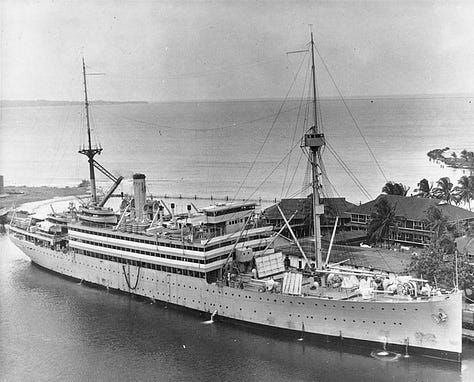
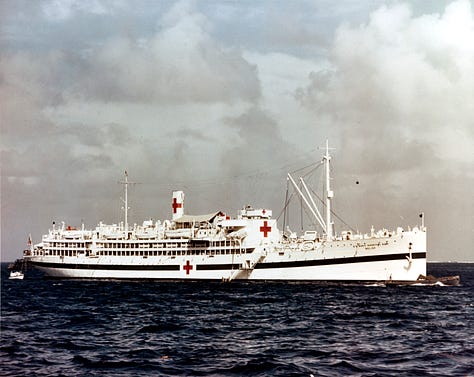
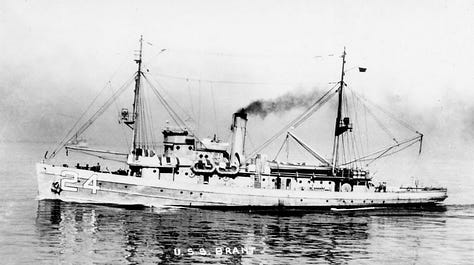
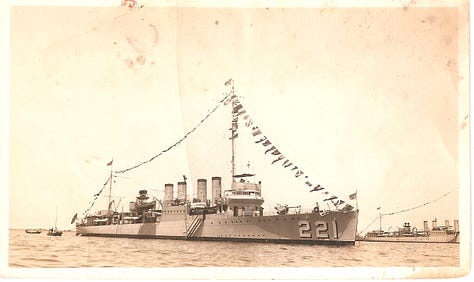
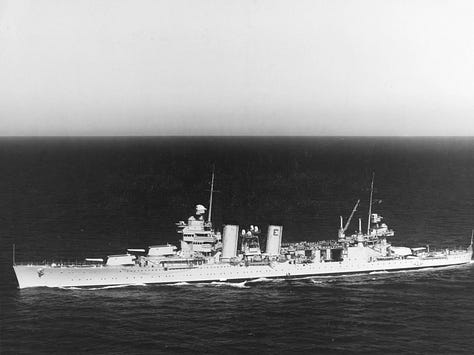
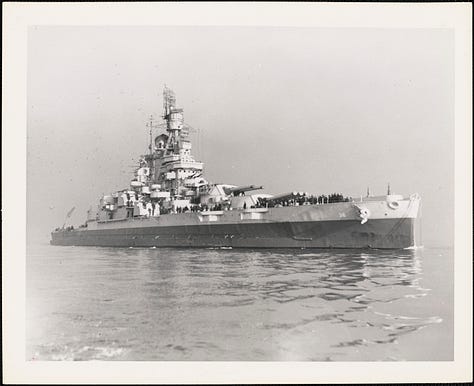
Other sea duty assignments included the minesweeper USS Brant (AM-24), the destroyer USS Simpson (DD-221), and the cruiser USS Minneapolis (CA-36). In October 1940, Ross transferred to the USS Nevada (BB-36) as a Warrant Officer Machinist.
SETTING THE SCENE
In an interview given after the 50th anniversary of the attack, Ross described shaving in his stateroom just before the attack. He thought the first explosion he heard that morning was part of an Army exercise on Ford Island. The second explosion was much closer. Looking through the porthole, rising black smoke on the island’s airfield convinced him the harbor was under attack.
Phoning from his stateroom, he directed the engineering division chiefs and sailors on duty to make all the preparations needed for getting underway. He aimed to have the ship moving within 30 minutes. When they did not believe it could be done so quickly, he reminded them, yelling into the phone above the din of the attack “I’ve got hot boilers!”
Unlike other ships, Nevada had kept her steam up, never letting all boilers go cold. The other dreadnaughts were moored as they usually were, alongside each other in pairs along the quays of Battleship Row. But Nevada was alone at the north end of Battleship Row, a position that allowed greater freedom. This stroke of luck, along with the courageous work of the crew, enabled her to get underway during the attack.
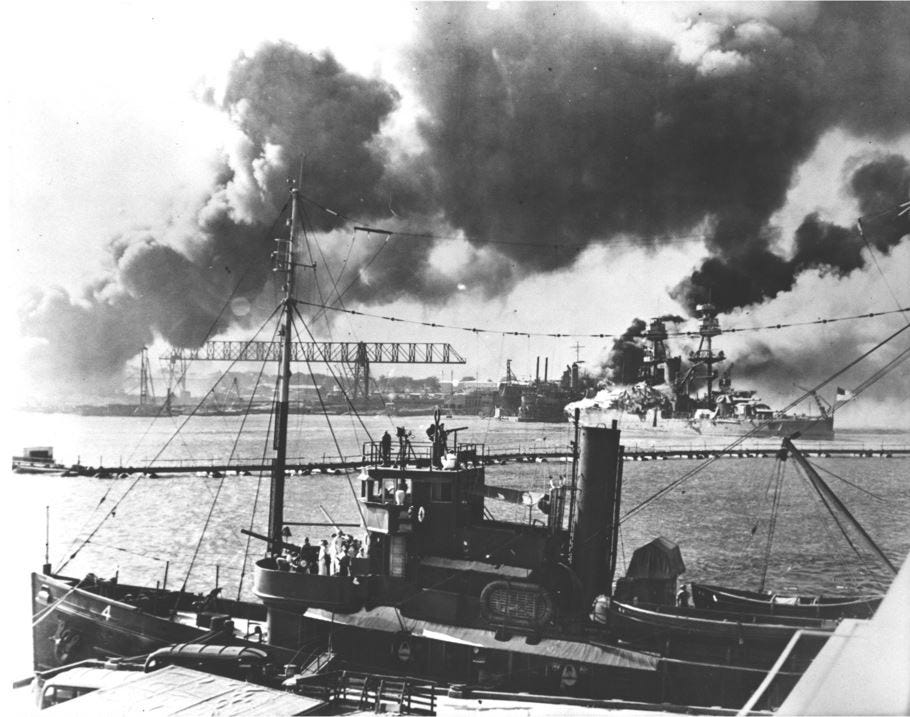
THE RUN FOR OPEN OCEAN
The first wave of Japanese aircraft had hit the Nevada with a torpedo. With fires raging, the ship moved steadily south towards the mouth of the channel, the only way in or out of Pearl Harbor. During this attempt, the second wave of attackers arrived overhead.
Weeks before the attack, Ross discovered that one of his sailors was only fifteen years old. Now, in the din of battle, he chased his Sailors out of the forward dynamo room. Working alone, he continued to supply the critical electricity needed to fight the ship.
Soon overcome by smoke, steam, and heat, he was rescued and resuscitated. Ross again went at it alone, this time in the aft dynamo room. Wrapping a wet t-shirt around his face for protection against the heat and flames, he operated the generator equipment single-handedly.
“If you’re trained as a professional leader,” he later remarked, “your men are the most important thing in the world,” adding, “even more important than you are to yourself.”
After several more bomb strikes and near misses, the crew grounded the Nevada near Hospital Point to keep the channel clear, and the entrance to dry docks free and operational.
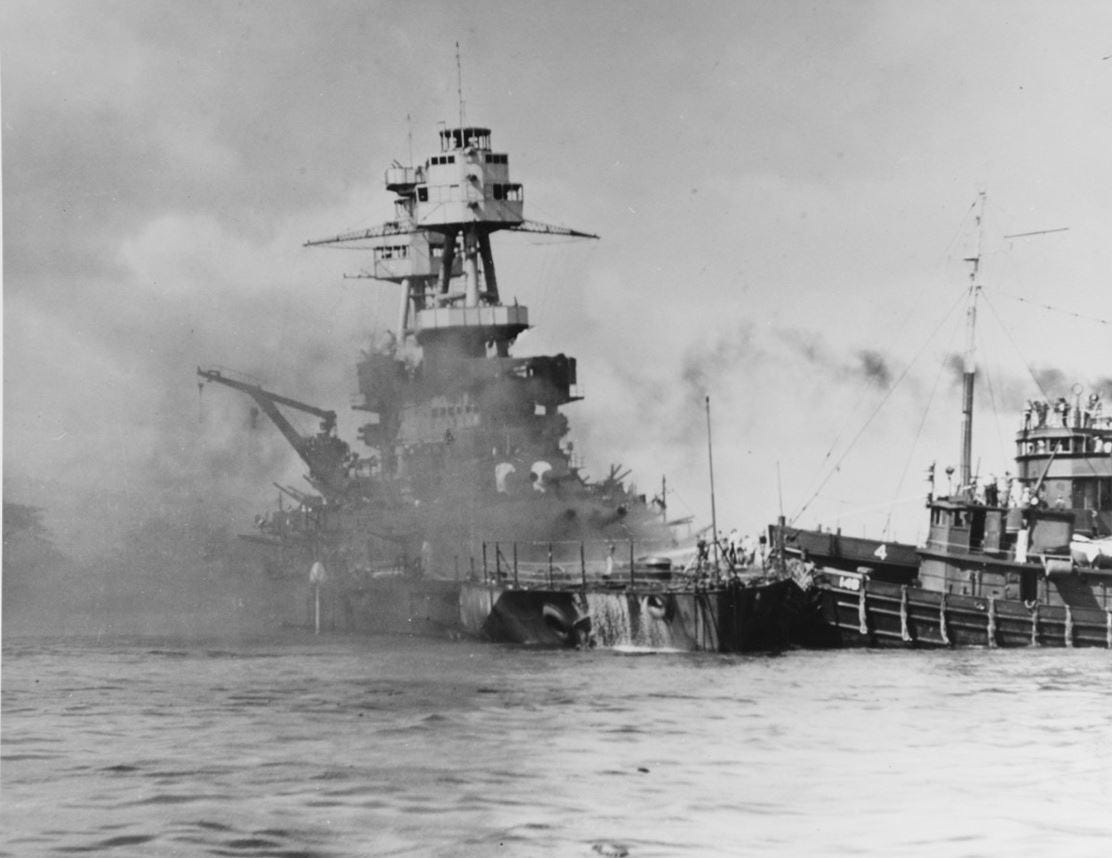
For his actions, Ross was presented with the Medal of Honor by Admiral Chester Nimitz on April 18, 1942, becoming one of the first to receive the medal in World War Two.
CITATION
For distinguished conduct in the line of his profession, extraordinary courage, and disregard of his own life during the attack on the Fleet in Pearl Harbor, Territory of Hawaii, by Japanese forces on 7 December 1941. When his station in the forward dynamo room of the U.S.S. Nevada became almost untenable due to smoke, steam, and heat, Machinist Ross forced his men to leave that station and performed all the duties himself until blinded and unconscious. Upon being rescued and resuscitated, he returned and secured the forward dynamo room and proceeded to the after dynamo room where he was later again rendered unconscious by exhaustion. Again, recovering consciousness, he returned to his station where he remained until directed to abandon it.
POST ATTACK SERVICE
Even with his injuries, Ross initially refused hospitalization opting to instead help with rescue efforts. Three days after the attack he was hospitalized until his vision returned to normal, and he returned to his ship on December 17, 1941. He remained part of the Nevada crew for the duration of the war.
Ross was promoted to chief warrant officer in March 1942 and commissioned as an ensign in June 1942. Later in the war, Nevada provided crucial gunfire support for the amphibious landings at Normandy and Southern France.
He continued to rise in the ranks, becoming a temporary lieutenant commander, and reverting to lieutenant at the war’s conclusion. In 1949 he was again promoted to lieutenant commander and then to commander in November 1954.
Ross retired in July 1956 after twenty-seven years of active duty and was meritoriously promoted to captain because of his numerous combat awards.
At the time of his retirement, Ross had the rare distinction of having served on every type of surface ship the Navy had.
Along with the Medal of Honor, his many awards included the Purple Heart, Navy Commendation Medal, Second Nicaraguan Campaign Medal, American Defense Service Medal with “Fleet” clasp, Asiatic-Pacific Campaign Medal (with five stars), European-African-Middle Eastern Campaign Medal (with two stars), World War Two Victory Medal, Navy Occupation Medal with “Asia” clasp, and the National Defense Service Medal.
SIMPLE DAIRYMAN - HEROIC AUTHOR
After retiring, Ross settled in Port Orchard, Washington, and ran a dairy farm with his wife Helen. The couple had four children: Fred, Robert, Penny, and Donna.
As an author, he published two books with his wife, “Washington State Men of Valor” (Coffee Break Press, 1980), and “0755: The Heroes of Pearl Harbor” (Rokalu Press, 1988).
EPILOG
Ross died of a heart attack in Bremerton, Washington, on May 27, 1992, at age 81.
To acknowledge his service and honor his memory, six hundred guests joined the family aboard the Navy’s USS Nimitz, the aircraft carrier named for the naval hero that had presented Ross with his Medal of Honor fifty years earlier.
Later, the Navy offered a smaller, more fitting tribute to the sailor who had spent so much of his life at sea. Ross went to sea one last time, aboard another ship named Nevada.
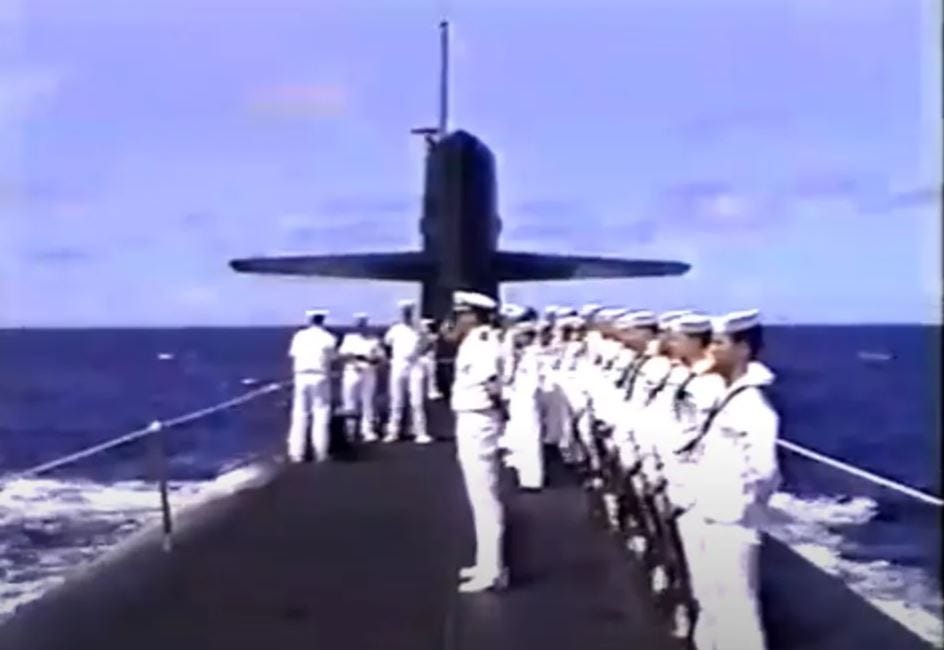
His ashes were scattered at sea over the battleship USS Nevada’s final resting place, after being carried there by the crew and the officers of the ballistic missile submarine USS Nevada (SSBN-733).
NAMESAKES LIVES ON
In 1997, the Navy named the Arleigh-Burke-class destroyer USS Ross (DDG 71) in his honor. The ship’s motto, fittingly, is FORTUNE FAVORS VALOR.
In April 2009, Naval Station Pearl Harbor and the National Park Service held a short ceremony to dedicate six new ferry boats for visitors to the USS Arizona Memorial. Each was named in honor of a recipient of the Medal of Honor from the Pearl Harbor attack of December 7, 1941. With nearly two million visitors annually — few notice the names on the six boats or realize the history behind their names. TB-39-4 was named Donald Kirby Ross.
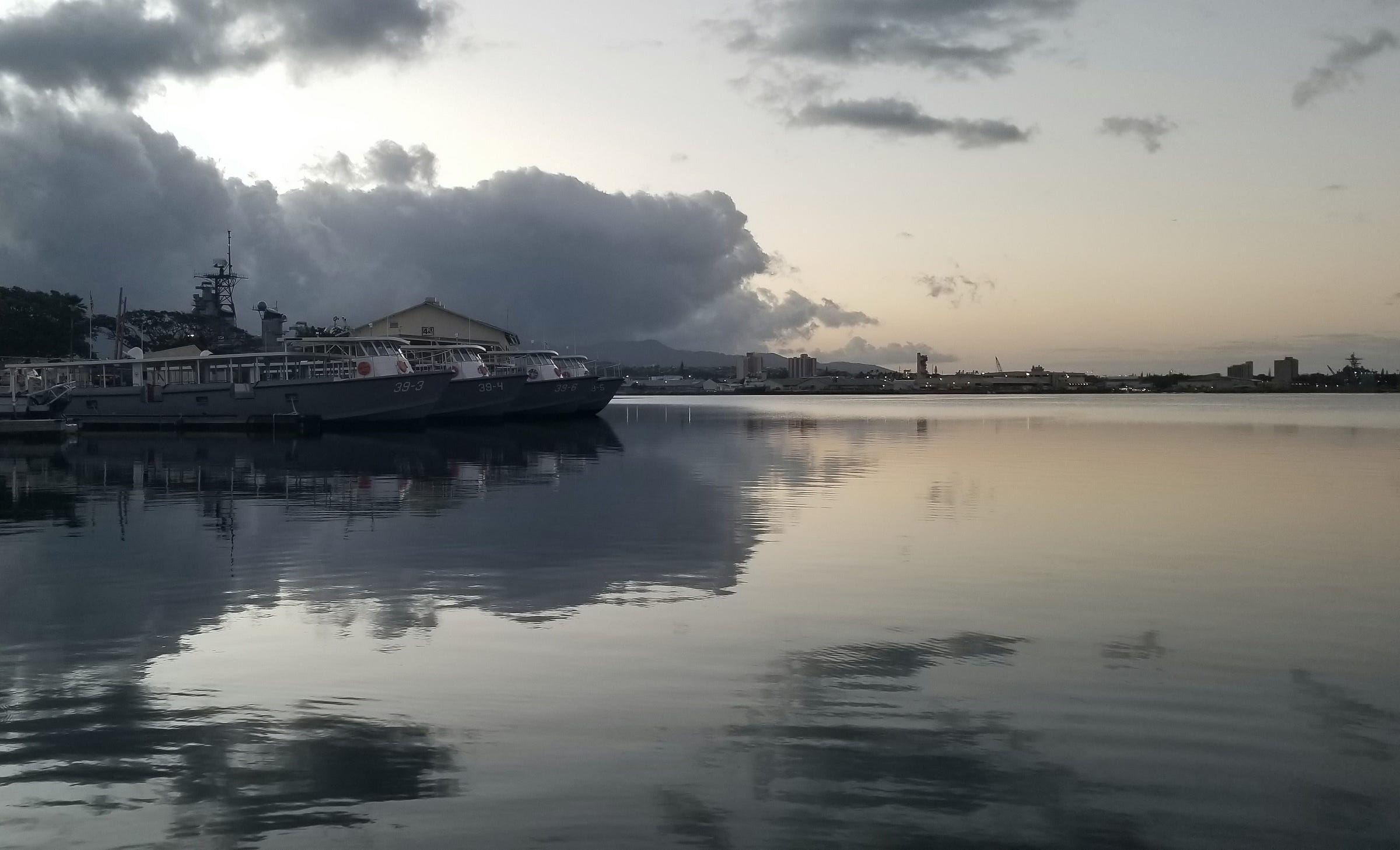






Aloha Michael - thanks for your note. I will check out your blog and look forward to your writing.
I also think that Admiral Kimmel and General Short were judged harshly, and should have not been held soley responsible for the attacks. While they were commanding officers, and as such fully responsible for the readiness of their forces, I believe the the Japanese attack was so successful because of surprising nature and timing, and by the Imperial Navy's skillful execution.
Thanks again for your support and reading!
I am a Canadian investigative writer in Ottawa/Gatineau and I have been reseaching the attack on Pearl Harbor for seveal years, having begun my inquiries after intrviewing a man was tasked t lead a team tracking Kido Butai, the Japanese attack fleet, from Hitokappu-Wan to Pearl, which they did, and determened, and reported that fact several days before the attack, providing the answer to the great remaning mystery of the war, What did Winston Churchill and FD Roosvelt know of the attack on Pearl Harbor?, and, When did they know it? Of which one might consult my blog textmethod.net. A book is in development. I do think, from what I have discovered, the Admiral Kimmel deserves an appology and an exoneration regards the charges to is eputation thathabe been laid.
Michael McLoughlin, Canada
Email: michaelmclo@gmail,com
Blog: textmethod.net